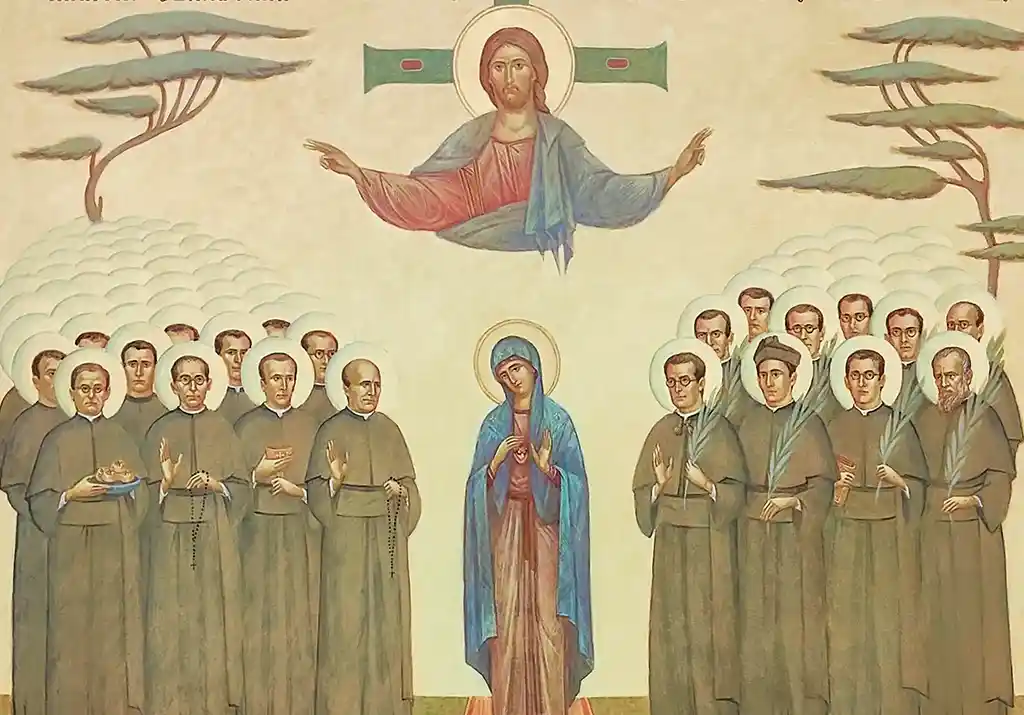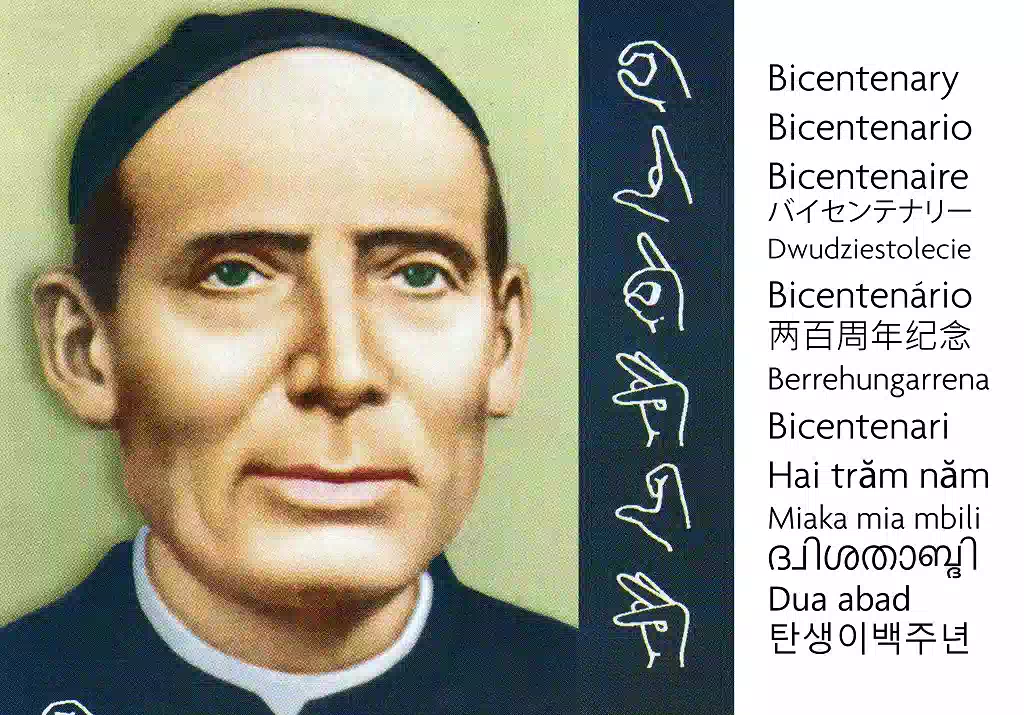Saint Anthony Mary Claret, Escritos Marianos, Portuguese version translated by Fr. Américo Paulo dos Santos Freitas Maia, CMF, Editorial Claret, Barcelona, March 2022, 513 pp.
Vic, Spain. The Portuguese translation of the volume “Escritos Marianos” by Saint Anthony Mary Claret has just come out. The book was originally prepared in his day by the Claretian Fathers Josep Maria Viñas and Jesus Bermejo. It has been carried out with great care and attention by Fr. Américo. It contains most of the texts published by the saint from 1843 to 1870 on the Marian theme. Each of them is preceded by a brief introduction that summarizes it and places it in the context of Claretian spirituality. They are also arranged chronologically so that the reader can realize the evolution of his thought (cf. p. 9).
It begins with a biographical synthesis of Claret, which is very practical for those who do not remember his life’s main dates and events (pp. 15-18). There follows a preliminary study by the late Fr. José María Viñas on Mary in the Life and Writings of Claret (pp. 19-46). The introductions close with a Claretian bibliography on Claret and Mary (pp. 47-55).
The first part offers a “Marian Autobiography of Saint Anthony M. Claret (1807-1870)” (pp. 59-114). Then, he divides his writings into blocks: apostolic missionary (1843-1849) (pp. 115-193), missionary archbishop (1851-1857) (pp. 195-273), confessor of the queen (1857-1869) ( pp.275-427); and concludes with a series of prayers to the Virgin (1843-1870) (pp. 429-474). In the end, it includes an index of names (pp. 477-484) and subjects (pp.485-504).
Throughout the texts, there are very abundant notes. From time to time, we find some interesting Marian drawings of the saint: pp. 60, 116, 144, 152, 161, 170, 180, 190, 283, 290, 347, 369, 395, 411, 415; and, on p. 204, the cover of the Pastoral Letter (Santiago de Cuba, 1855) addressed to its diocesans on the occasion of the declaration of the dogma on the mystery of the Immaculate Conception by Pope Pius IX.

Quite rightly, the cover of the volume reproduces a photo of the Virgin of the hermitage of Fussimanya, who had visited and excited Claret so much, as he himself tells us in his Autobiography. As a child, he visited her “very often” with his sister, Rosa, who “… is the one who has loved me the most” (Aut. N.6; cf. n. 49). “I cannot describe the devotion I felt at this shrine. Even before I got there, as soon as I could see the outline of the chapel, I felt so emotional that tears of tenderness welled up in my eyes. We started saying the rosary and kept praying all the way to the chapel. I have visited the shrine at Fussimanya whenever I could, not only as a child but as a student, priest, and even as archbishop before I left for my diocese.” (Aut. n. 49; cf. n. 501).
We must thank Fr. Américo for the effort to offer the Portuguese-speaking world this series of Claret’s writings in which he expresses one of the most significant facets of his missionary spirituality.









